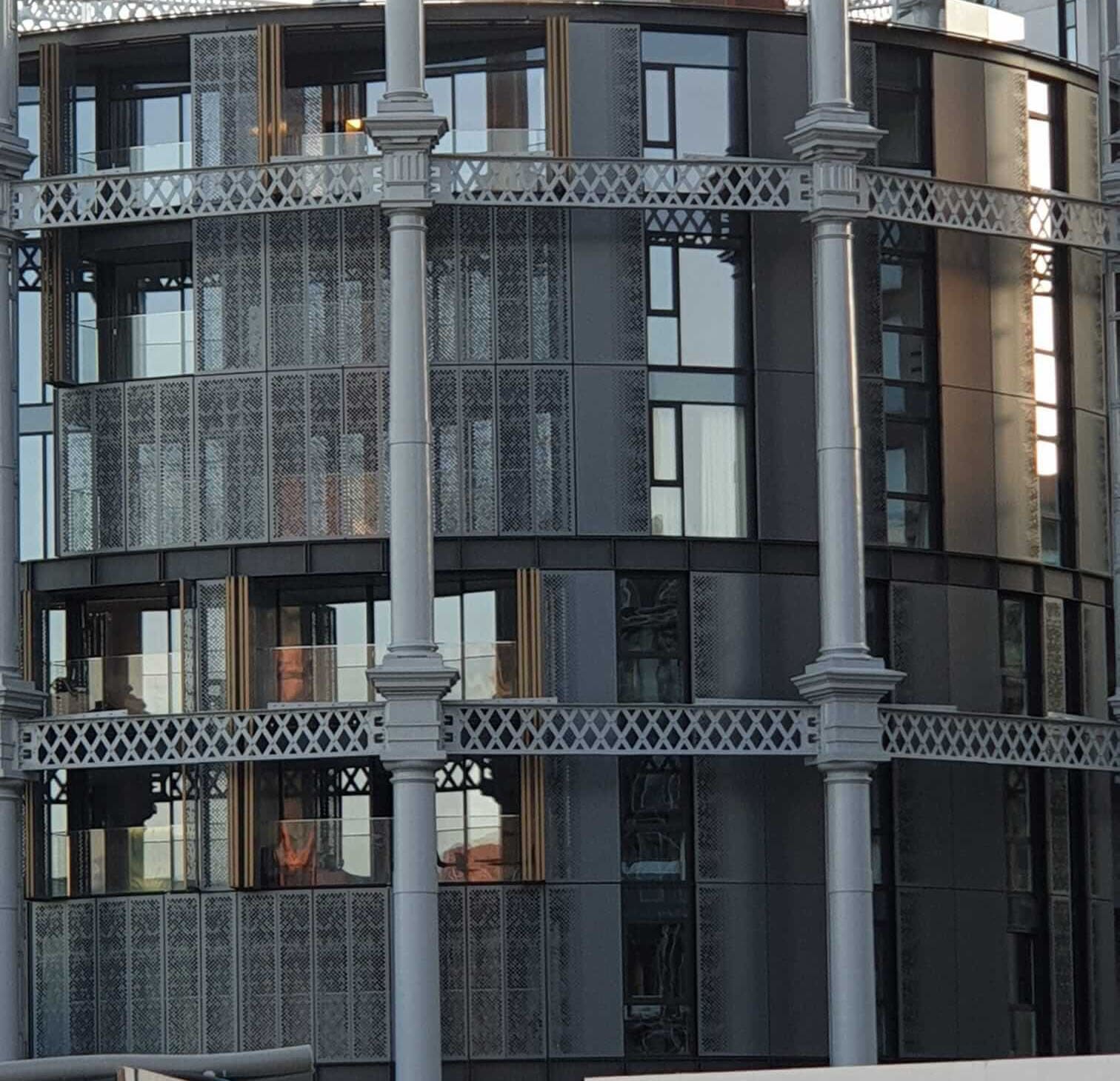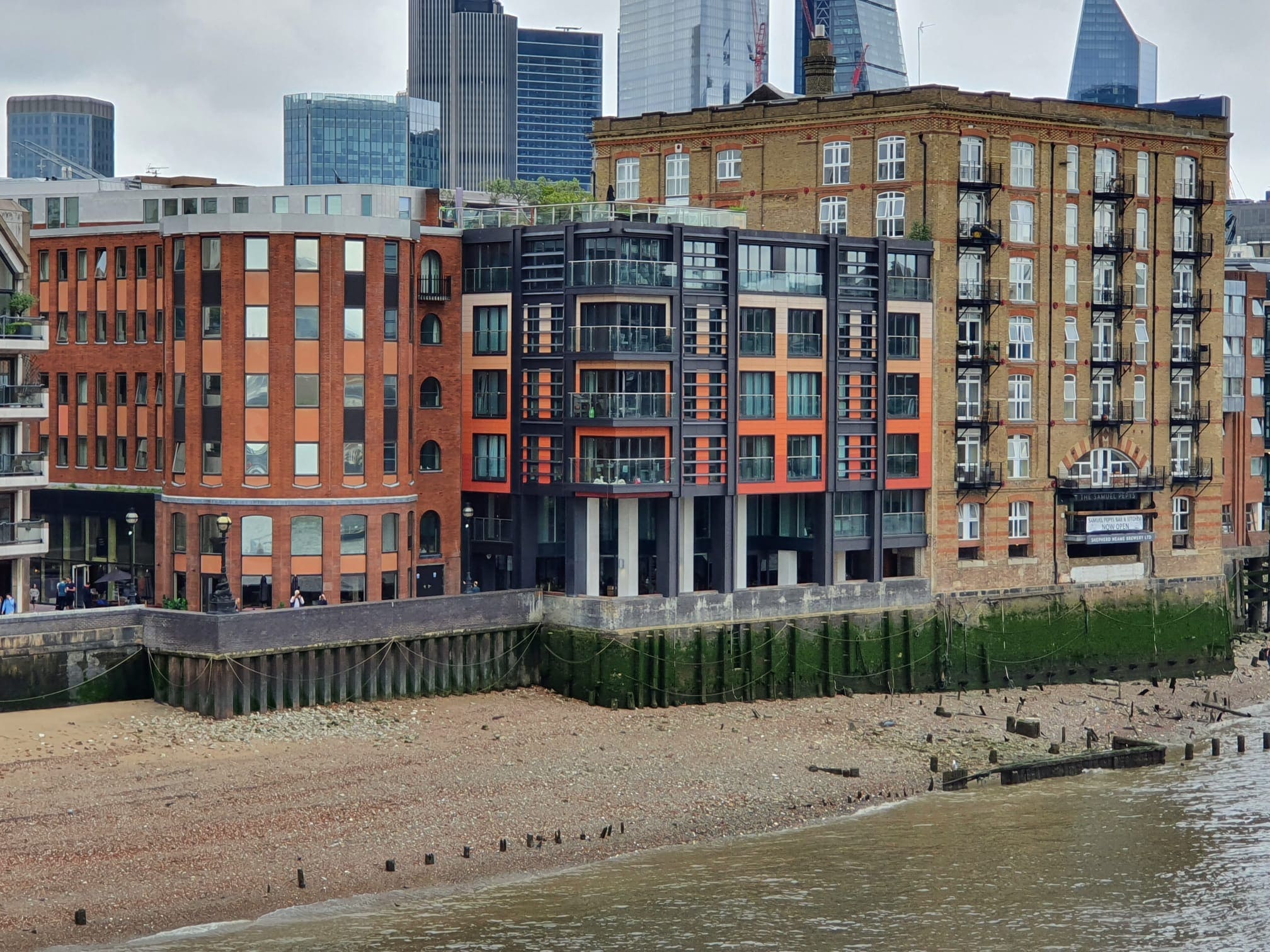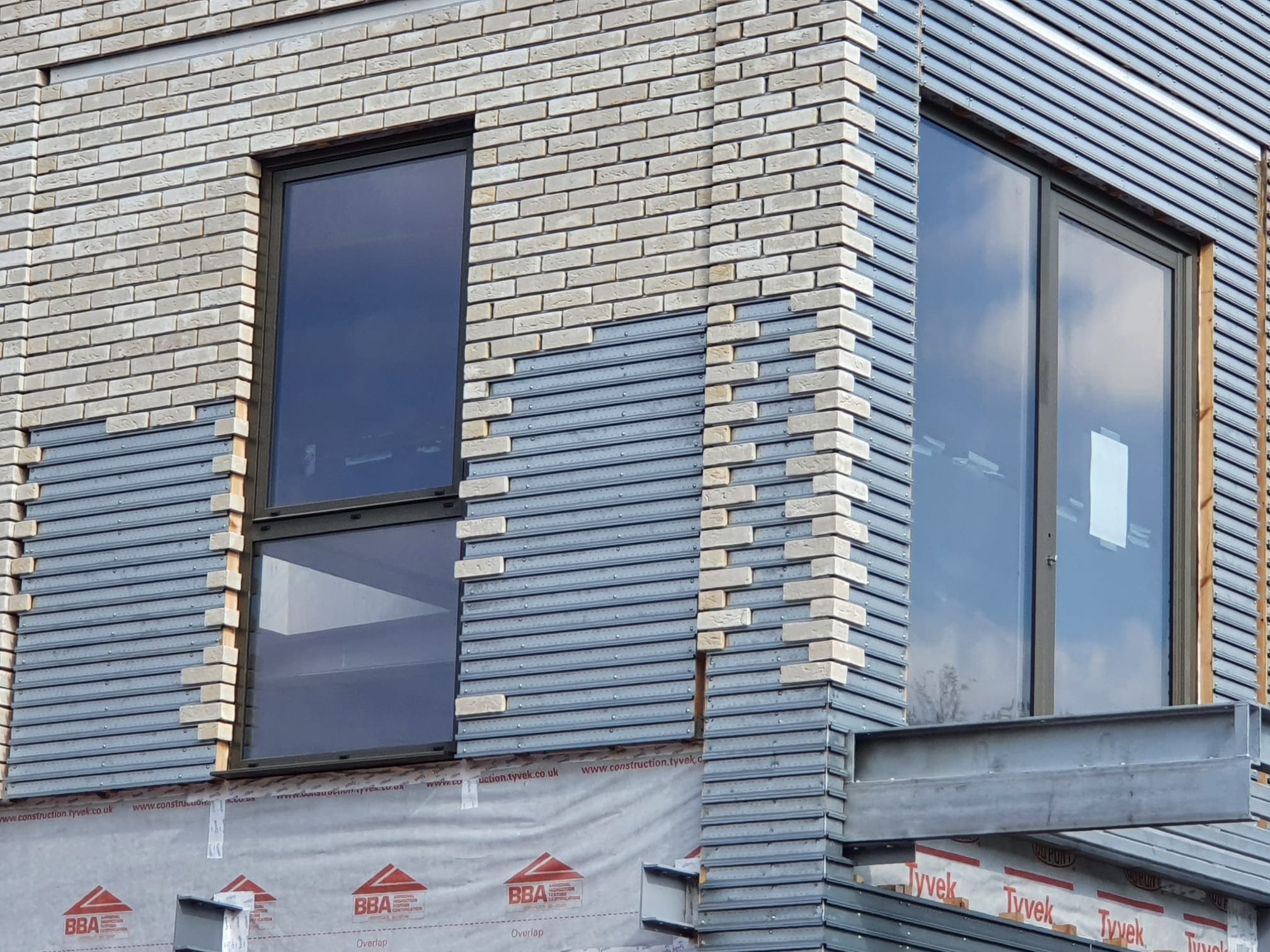 Lee Harle 07/07/2025
Lee Harle 07/07/2025
 0
0
 0
0
In 2024, UK Deputy Prime Minister Angela Rayner made a bold commitment. Speaking at the UKREiiF property conference in Leeds, she promised that the Labour government would build 1.5 million homes within five years. The announcement was met with strong support from property developers and signalled Labour's intent to tackle the country’s chronic housing shortage.
Angela Rayner tries to resign over UK 1.5m housing target
However, just a year later, the tone has changed. At the same annual conference in 2025, Rayner admitted that the housing target was ‘stretching.’ The remark comes amid growing criticism and a worsening construction slowdown across the UK. According to Lord Ashcroft's updated biography of the Prime Minister, Rayner found the expectations placed upon her overwhelming. She reportedly attempted to resign multiple times over the pressure of delivering the ambitious housing figure.
Tony Blair rescues labours 1.5m UK housing target after Rayner tries to resign
At one point, it is claimed that only a phone call from former Prime Minister Tony Blair and the offer of a flat in Admiralty House kept her in government.
From the start, experts and organisations within the property industry expressed doubts about the 1.5 million homes pledge. These concerns have only grown as building activity continues to decline.
If 1.5m houses are not built, how many homes are likely to be built by this Labour government?
Figures suggest the UK is likely to fall short of its annual target by about 25 per cent, with residential construction contracting faster than ever since the pandemic. The Office for Budget Responsibility (OBR) has also cast doubt on the feasibility of meeting the government’s goal. Their forecast indicates that Rayner’s reforms would only lead to around 170,000 additional homes in England, far fewer than required.
The National Housing Federation, Savills, and the Home Builders Federation have echoed similar warnings. They believe that without substantial government support for affordable housing and first-time buyers, nearly half a million homes could be missing by 2029. Lets not forget that social housing is in crisis as most Council's have not been building for years and years, and without recapitalising the Housing Associations or Registered Providers, they have no cash as they have clad buildings to remediate and homes to bring up to EPC grade C as well as damp and aftermath of the death of Awaab Ishak who was just two years old in Rochdale.
What are the major obstacles to building 1.5m houses?
One of the major obstacles to building 1.5m homes is the shortage of skilled labour. Prominent developers have warned that there are simply not enough workers available to deliver construction at the necessary scale. BREXIT has not helped. At the same time, planning departments across the country are struggling with limited resources and backlogs in approvals. These delays have made it harder for developers to move forward with new projects. Compounding the problem is a significant drop in off-plan home sales. In 2024, only 31% of new homes were sold before completion, this is the lowest level since 2012. Developers rely on these sales to secure financing for construction. With reduced buyer interest and tightening lending conditions, many projects are being postponed or cancelled. Demand side incentives such as help to buy and stamp duty holidays have expired too.
Cash strapped Registered Providers or Housing Associations have no cash, all their cash is tied up in dealing with cladding and other building safety defects, upgrading properties to meet EPC grade C, or dealing with damp following the death of two-year old Awaah Ishak in Rochdale.
Interest rates are not helping, the number of development schemes in liquidation has risen due to contingency planning being inadequate to weather the rise in interest rates twinned with the increase in regulation, such as second staircases, the new Building Safety Regulator government gateways etc.. The safety checks introduced after previous housing scandals have created bottlenecks in the system as the government seems unable to properly resource the Building Safety Regulator. While these regulations aim to protect homeowners, they have also slowed the pace of development. This leaves developed homes standing empty locked in an administrative queue.
Spring 2025 government statement on housing target progress
June 2026 sees the government issuing encouraging statements to the industry to get on with it. And, in Parliament, Housing Minister Matthew Pennycook has maintained confidence in achieving the housing goal. He acknowledged, however, that reaching the target would require very high building activity in the final years of the parliamentary term. Yet, industry experts remain sceptical, particularly in light of current economic conditions and slow recovery in the property sector.
In her recent Spring Statement, Rachel Reeves expressed optimism and said the government was close to meeting its target. However, analysts argue that current figures and market conditions do not support this view. High interest rates, weak investor confidence, and declining demand have all taken a toll on the government’s housing ambitions.
At the Leeds Dock conference, which attracted nearly 16,000 attendees this year, discussions centred on how to reverse the slowdown.
Greater Manchester Mayor Andy Burnham highlighted the need for more funding and devolution of powers to deliver local housing targets. His region alone aims to build 75,000 homes during this parliamentary term.
The government's own surveys reveal 92% of councillors believe the housing crisis has worsened in 2025
A recent survey of over 200 local authorities revealed that 92 per cent of councillors believe the housing crisis has worsened in 2025. More than three-quarters said the government’s target is unachievable without major changes. Over half reported an increasing need for temporary and emergency housing in their areas.
Despite the early enthusiasm, it is now clear that the road to delivering 1.5 million homes will be far more complex than initially imagined. The coming months will likely test the government’s ability to adapt, invest, and deliver results in an increasingly challenging housing environment.
FAQs
Is the UK government still aiming to build 1.5 million homes by 2029?
The government has not formally abandoned the target, but key ministers have acknowledged that meeting it is becoming increasingly difficult.
Why is the housing target at risk?
A combination of labour shortages, planning delays, falling off-plan sales, and weak demand has slowed building activity across the country.
What support is being considered to boost housing delivery?
Calls have been made for increased funding, planning reforms, and more local control, but no new measures have yet been announced.





Meet our Expert Property Commentators



























